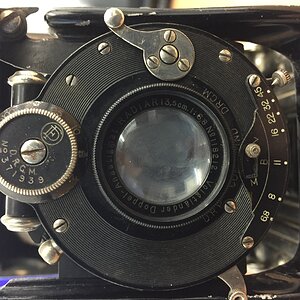Boomn4x4
TPF Noob!
- Joined
- Mar 15, 2010
- Messages
- 766
- Reaction score
- 4
- Location
- Ohio
- Can others edit my Photos
- Photos OK to edit
Being new to non-point-and-shoot photography, I'm still pretty green in the "lighting" department. This weekend I ran into a big road block that just left me stupmed... Due to some harsh lighting contrasts, I just couldn't make it work. I'd like to see if any of the pro's out there had some change (toss in your $0.02) they could offer.
I was out on the boat in heavy overhead light, but under a canopy. As you can see in this first picture, my subjects are underexposed
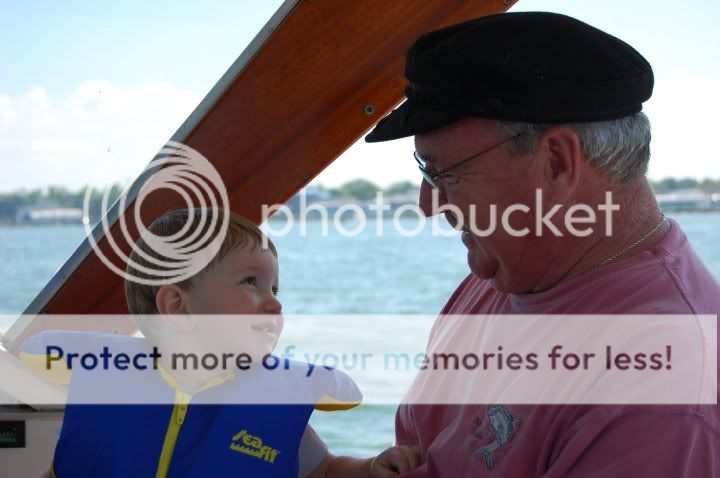
I tried compensating with some fill flash. It properly exposed my subjects, but that left the background blown out... and some pretty harsh shadows. A big question I have here is, is the blow out and the shadows the result of using an inferrior popup flash? Would a better flash cure some of these problems?
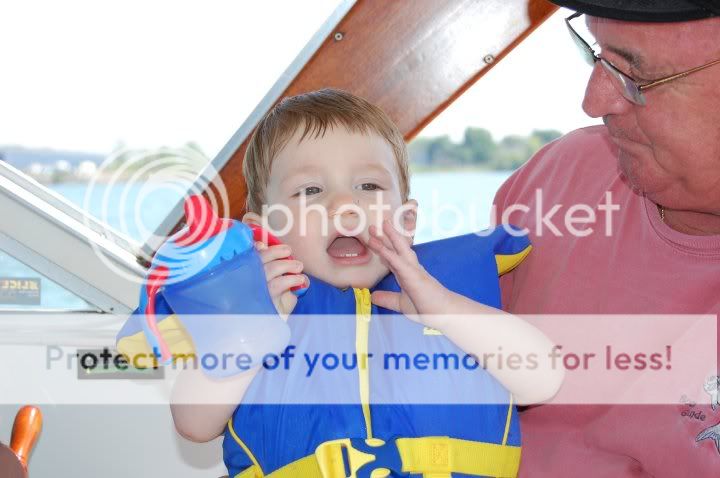
I was out on the boat in heavy overhead light, but under a canopy. As you can see in this first picture, my subjects are underexposed

I tried compensating with some fill flash. It properly exposed my subjects, but that left the background blown out... and some pretty harsh shadows. A big question I have here is, is the blow out and the shadows the result of using an inferrior popup flash? Would a better flash cure some of these problems?



![[No title]](/data/xfmg/thumbnail/35/35264-5ade32b7036391926536661aeb7491c3.jpg?1619736969)
![[No title]](/data/xfmg/thumbnail/40/40284-f59f6230f0d5b9eacf977f8b0392f087.jpg?1619739407)
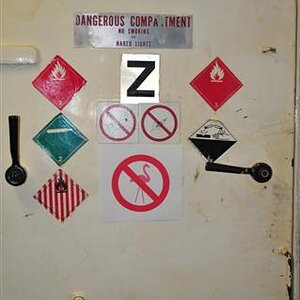
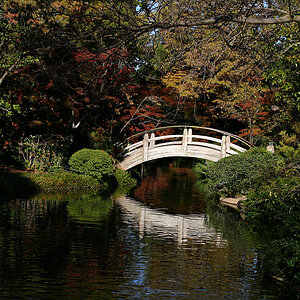

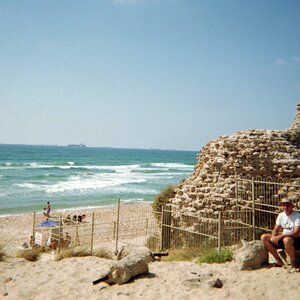

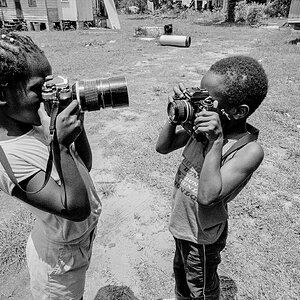
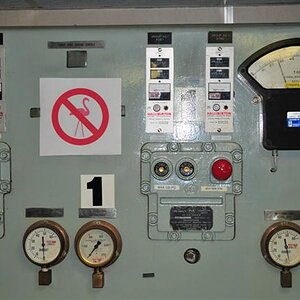
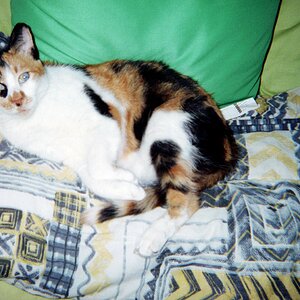
![[No title]](/data/xfmg/thumbnail/41/41904-bc50f4d1903ad14e244dbad5cf8e5aa4.jpg?1619739940)
